Ranked: Every iPhone in order of greatness
The iPhone XS and XS Max join our list. Where did they land?
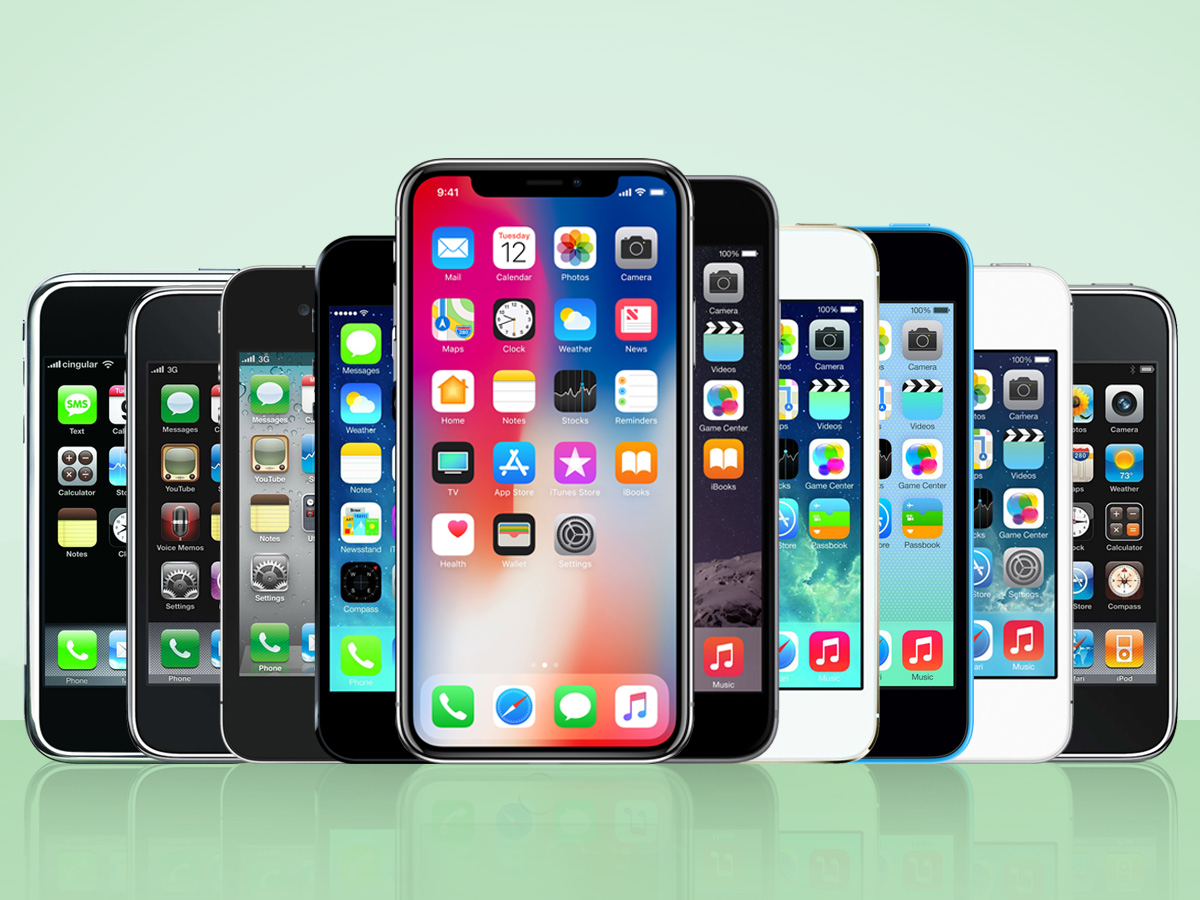
TOP OF THE POPS
Every iPhone has been a great iPhone – and nearly all of them have been excellent. Love ’em or hate ’em, Apple knows how to make fantastic devices. So, 11 years after the first model launched, how to rank them? If we merely lined up the 20 distinct models in order of excellence the list would end up just being a chronological affair from oldest to newest, with the possible exception of the odd iPhone 5C or SE. No, what’s needed here is context. Many of these phones have been game-changers in their time, ushering in hardware advancements, new ways of interacting with gadgets, and software additions that became indispensable. And with that in mind we’ve considered their impact and influence, the quality of competition and any major flaws, in addition to obvious factors such as form and function.
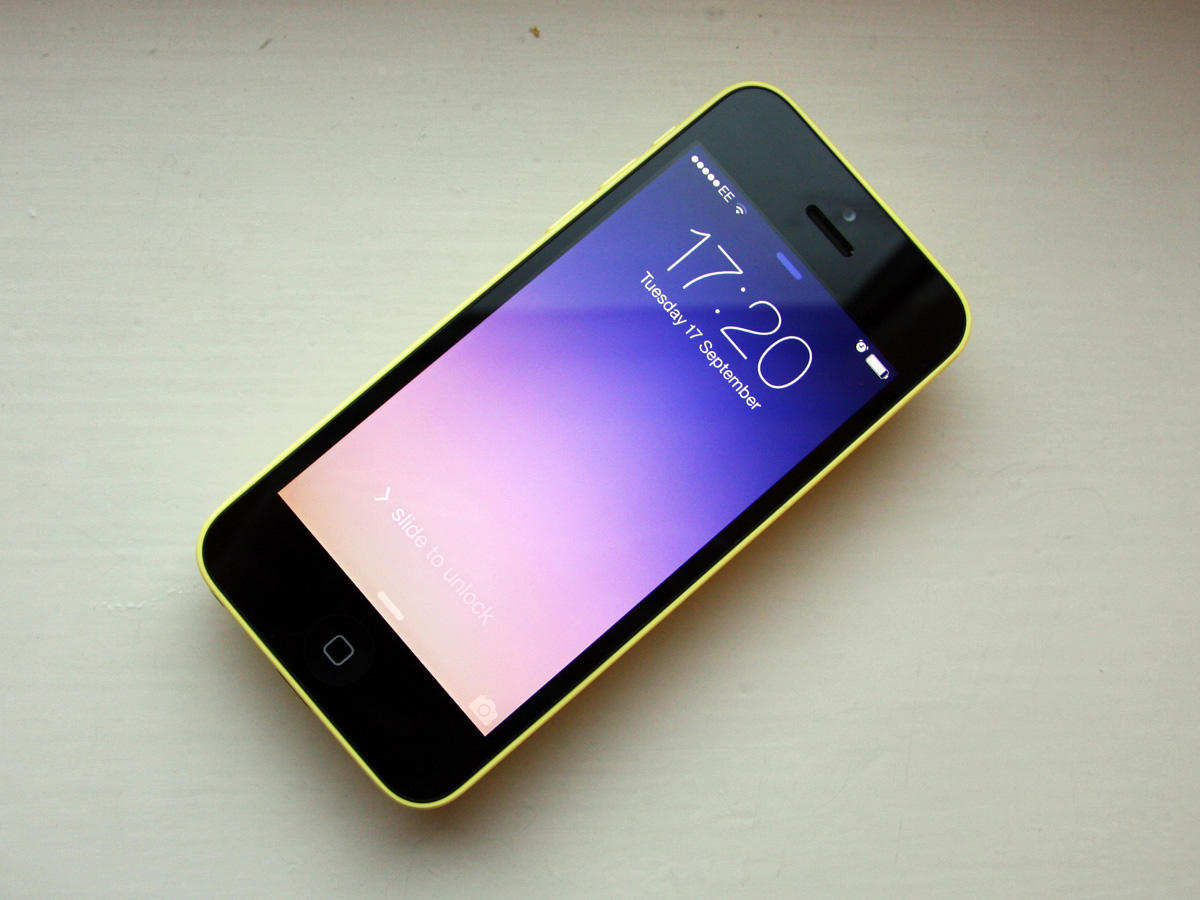
20) IPHONE 5C (2013)
The iPhone 5 was a brilliant phone when it was released in 2012, and it was still pretty great when Apple dressed it up in plastic and knocked £80 off the price in 2013. And those colours! Whether or not you liked them, you have to admit they were daring (or utterly mad) picks by Apple. But as the only iPhone ever released to date specifically to be a “lesser than” model, it was hard to drum up too much enthusiasm for its release. It was a year-old iPhone housed in cheaper materials to save a chunk of change, yet it was still a pricey Apple device. If it was your first iPhone, the 5c was probably still one heck of an introduction. But for the rest of us, it just couldn’t stack up.
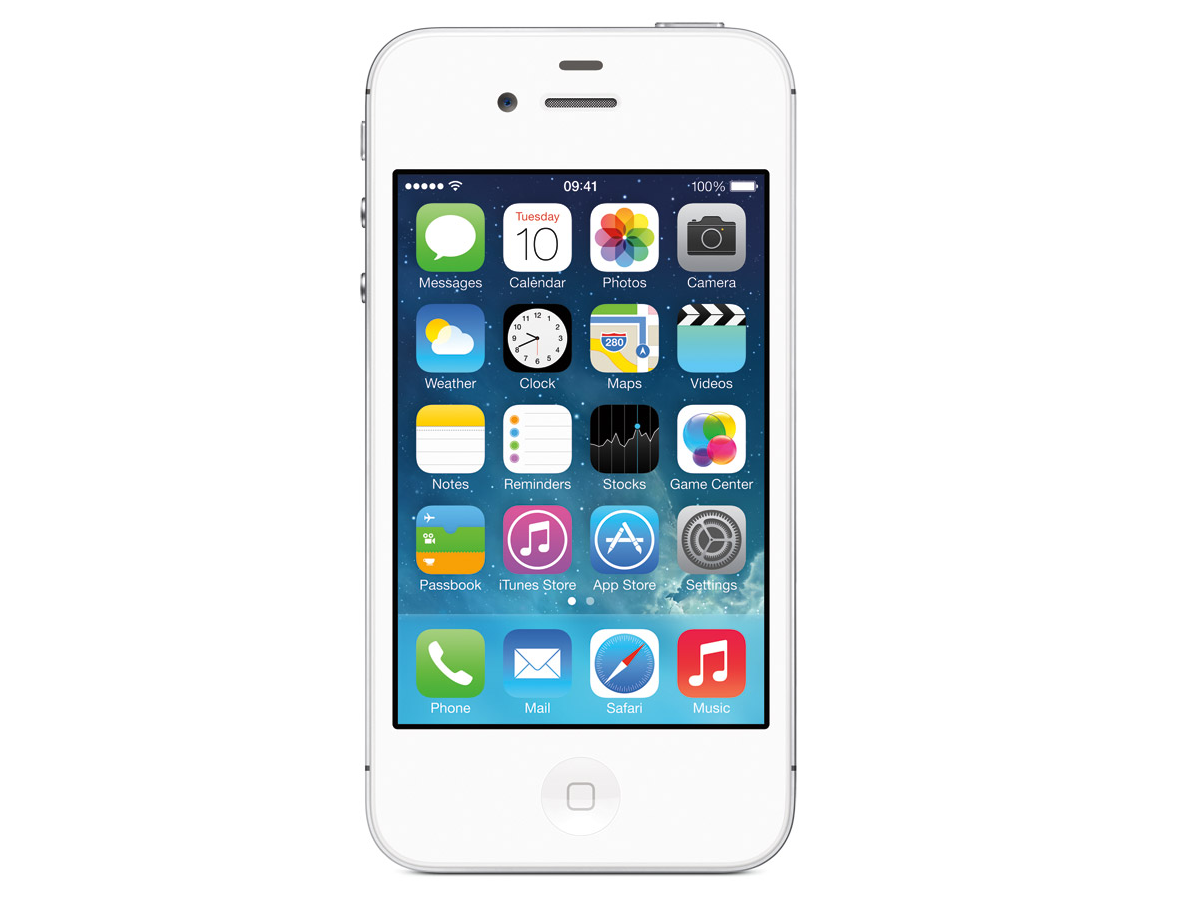
19) IPHONE 4S (2011)
Here’s an “S” upgrade that was very nice at the time, but ultimately not as critical in the grand scheme of things. The iPhone 4s built upon the revolutionary design and Retina display of the original iPhone 4, with enhancements to the camera and graphics capabilities. And the revised antenna design avoided the issues some encountered on the iPhone 4. But the biggest feature addition was that of voice assistant Siri, which… let’s face it, didn’t end up being as useful as it initially seemed. Still, we have to give the 4s props for one thing: longevity. It even received the iOS 9 upgrade back in 2015, four years after its initial release, making it the first iPhone to stay active for that long.
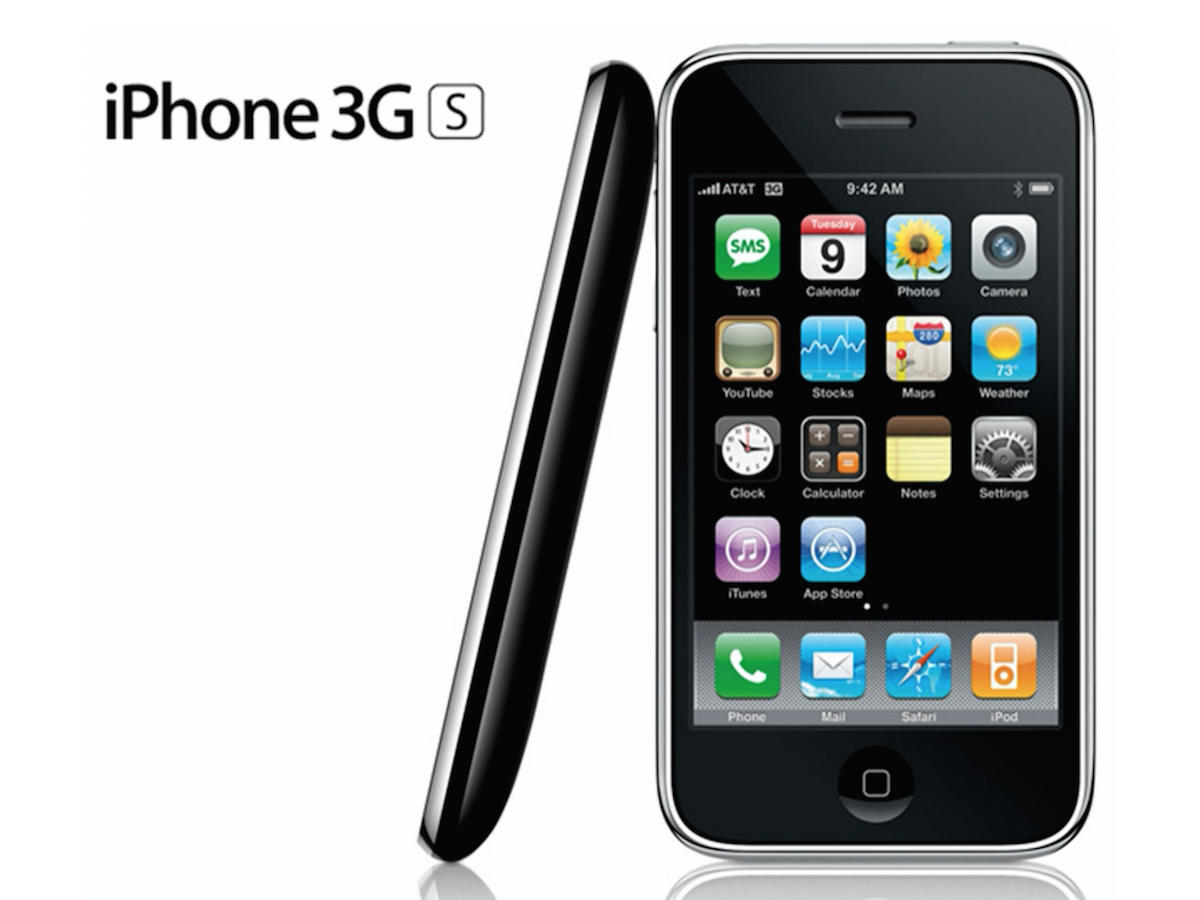
18) IPHONE 3GS (2009)
When the iPhone 3GS launched in 2009, it was certainly a notable enhancement over the prior iPhone 3G. The “S” stood for speed, and it was surely felt: the 3GS ran upwards of twice as fast as its sluggish predecessor, plus it added a better camera – with video capabilities! – along with voice control. But in the historical context of core iPhone upgrades, it feels like one of the least consequential of the bunch. It doesn’t help that it’s sandwiched by the upgrade to 3G data on one end and the iPhone 4’s beautiful design and Retina display on the other. If you got the 3GS, you surely appreciated the upgrade. If you didn’t, well, you didn’t miss that much.
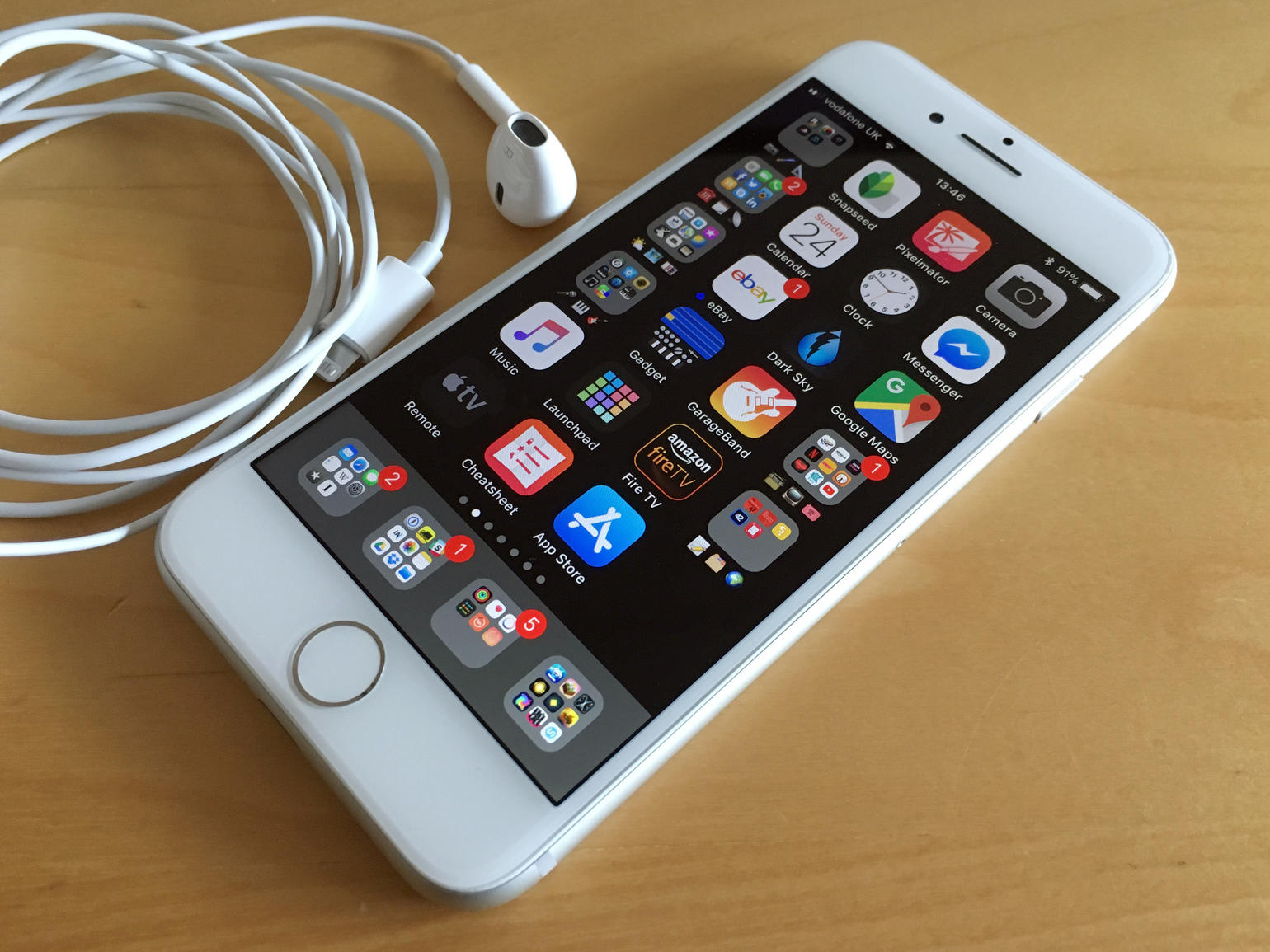
17) IPHONE 8 (2017)
For the fourth year in a row, Apple’s core 4.7in iPhone opted for incremental enhancements… making the iPhone 8 yet another great everyday phone, albeit one that felt more dated than ever. The just-better-than-720p display still seemed simply adequate and hardly enough on a £699 phone. The back camera was very good, but not as impressive as that of the Plus model. And the addition of glass backing and wireless charging were nice-to-haves, but hardly ushered in the great design overhaul that we had been longing for after a few mostly identical entries.
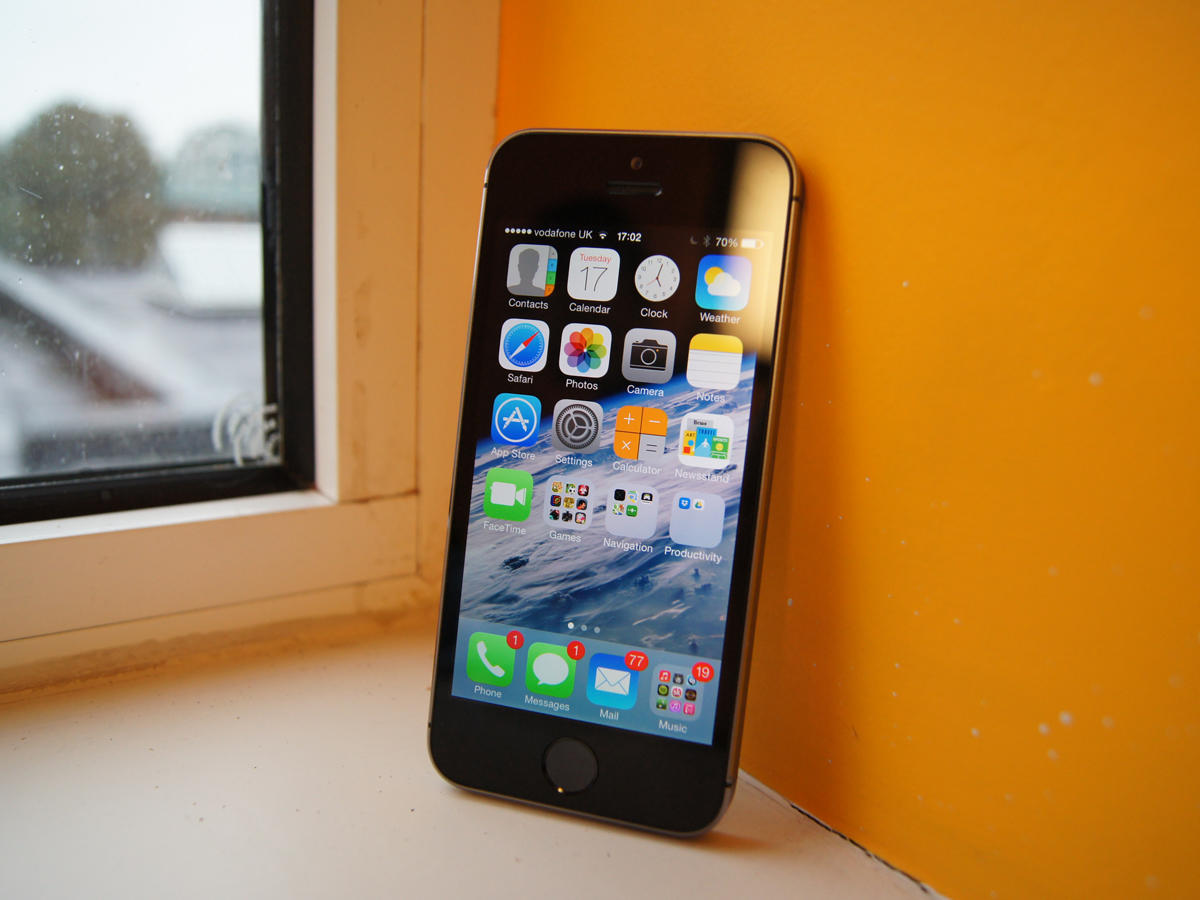
16) IPHONE 5S (2013)
Whereas the iPhone 5c took the iPhone 5 and made it feel cheaper, the iPhone 5s started from that same device and made it markedly better. The Touch ID sensor was the most obvious perk, offering innovative security functionality that worked startlingly well (even if not perfectly), but the upgrade to a 64-bit processor also allowed for glossier game and app experiences. That said, the iPhone 5s launched at a time when Android makers were pushing into phones with much larger, sharper screens, and Apple’s phone couldn’t help but seem a little dinky by comparison. It was still a great device; it just about is still a great device today, in fact. But after the brilliant iPhone 5, the 5s couldn’t help but seem a little too familiar.
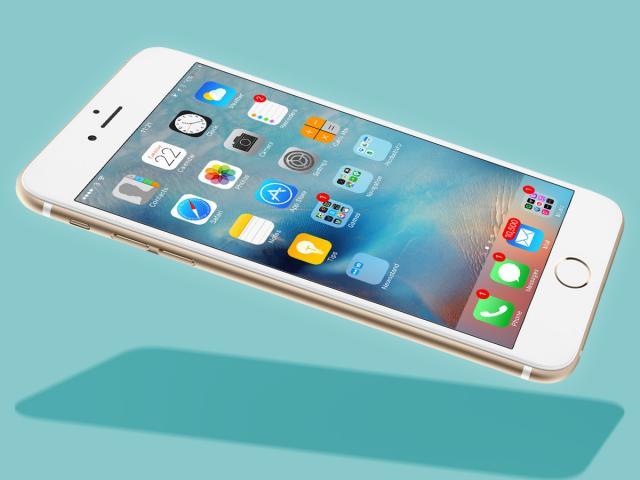
15) IPHONE 6S PLUS (2015)
Like the iPhone 6s elsewhere in this list, the 6s Plus didn’t bring massive changes over its predecessor. Still, it offered the complete iPhone experience, including a 3D Touch screen and super-fast fingerprint scanner. It also had the bonus of optical image stabilisation, which resulted in better low light shots and more stable video recording – something which the iPhone 6s lacked. Its battery life was also impressive, and had us reaching for the charger less than any other iPhone before it. It was still bloomin’ massive though, and didn’t yet bring a game-changing upgrade like the iPhone 7 Plus would ultimately provide…
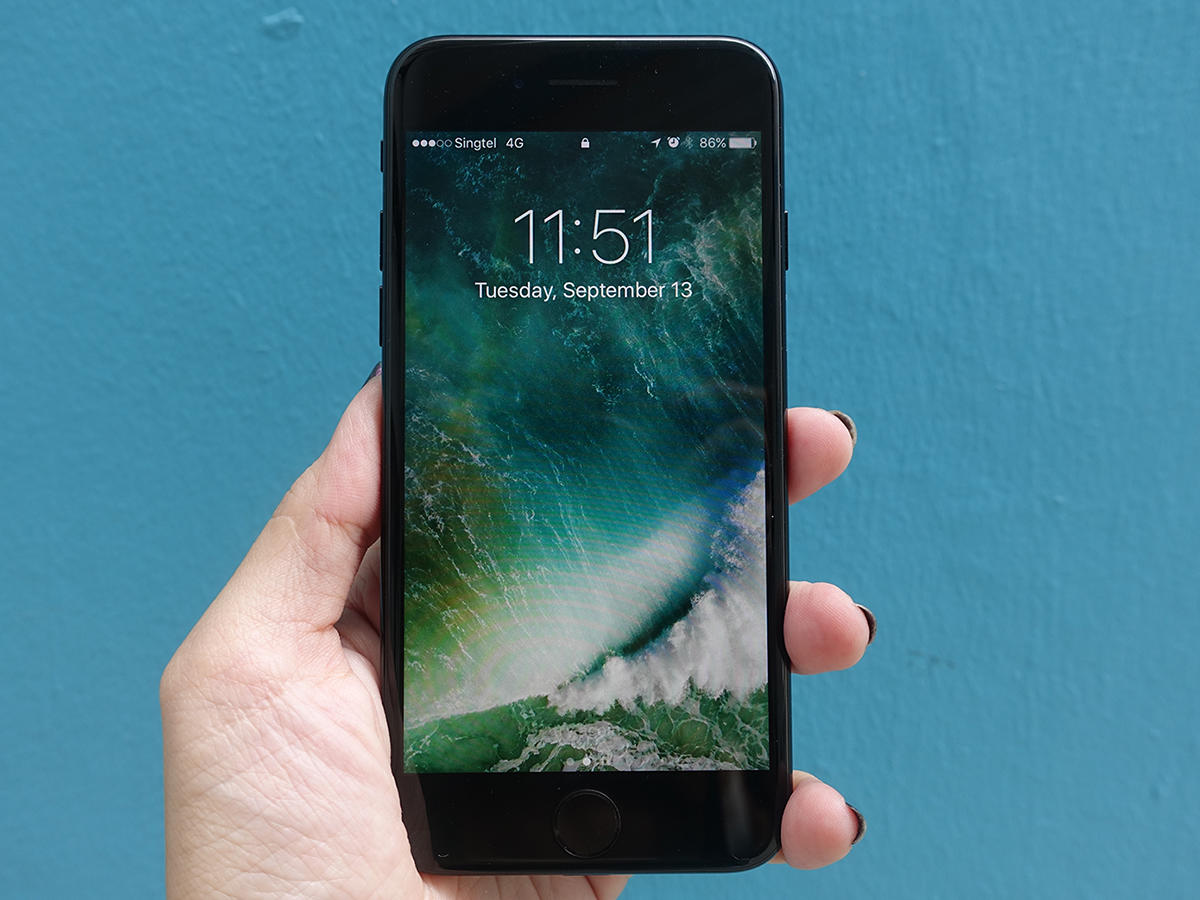
14) IPHONE 7 (2016)
Before its release, rumours abounded that Apple was going to wave goodbye to the humble headphone port on the iPhone 7 – which is exactly what happened. Besides a few heckling headlines, though, did it make much difference? Well, apart from needing a pesky peripheral to use standard jack-equipped ‘phones, the rest was business as usual. Sure, the iPhone 7 saw a raft of upgrades and it’s still a fabulous smartphone – but much of that was about building on what had gone before. The screen was improved, the home button refined and the range of finishes expanded – not to mention the 7’s quicker chip and longer battery life – but it’s definitely a case of refinement over revolution. We still gave it five stars, mind.
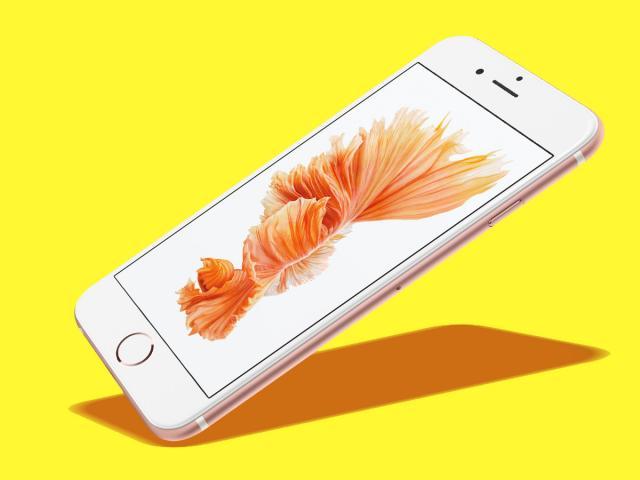
13) IPHONE 6S (2015)
The term ‘evolution not revolution’ is thrown around almost as often as the over-used ‘Keep calm and…’ message, but – as with the 7 – it applied well to the iPhone 6s (and its larger 6s Plus brother). Apple’s 2015 flagship looked almost identical to its predecessors which, granted, was no bad thing, given how sleek and handsome it was. The main changes were hidden beneath the iPhone 6s’ aluminium body, the most notable of which was Apple’s 3D touch display.
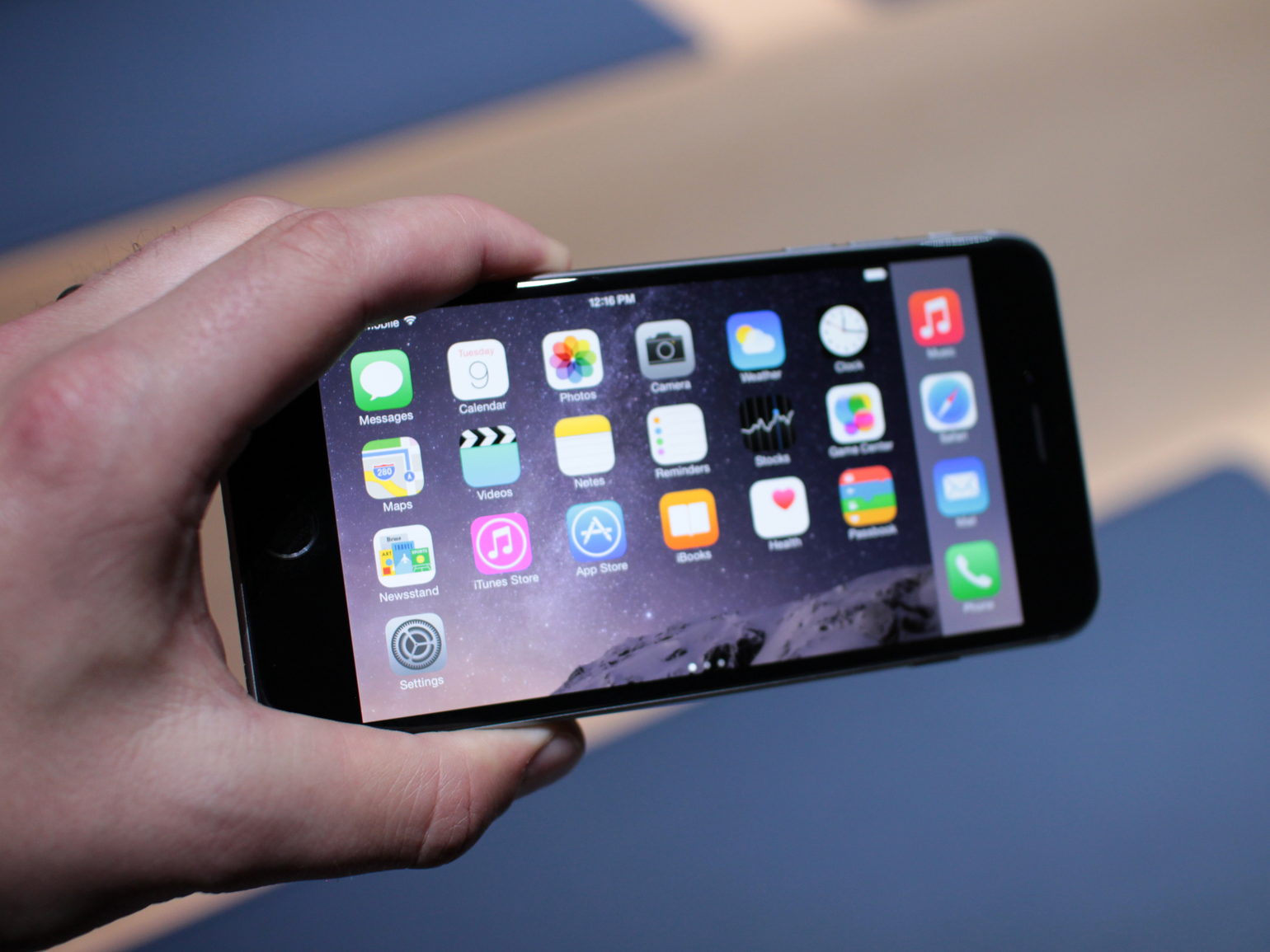
12) IPHONE 6 PLUS (2014)
Steve Jobs might not have approved in his time, but Apple finally entered the phablet market when it revealed the iPhone 6 Plus. With a 5.5in display, it was a massive leap over the iPhones of yesteryear, and even a significant bump over the 4.7in screen of the standard iPhone 6. But it was huge – even larger than some Android phones with same-sized screens. For some, it was the giant iPhone they’d always dreamed of. For others, it was just too unwieldy to handle. But one thing’s for sure: it was Apple’s most tech-packed iPhone to date, thanks to that full HD screen and the optical image stabilisation in the camera.
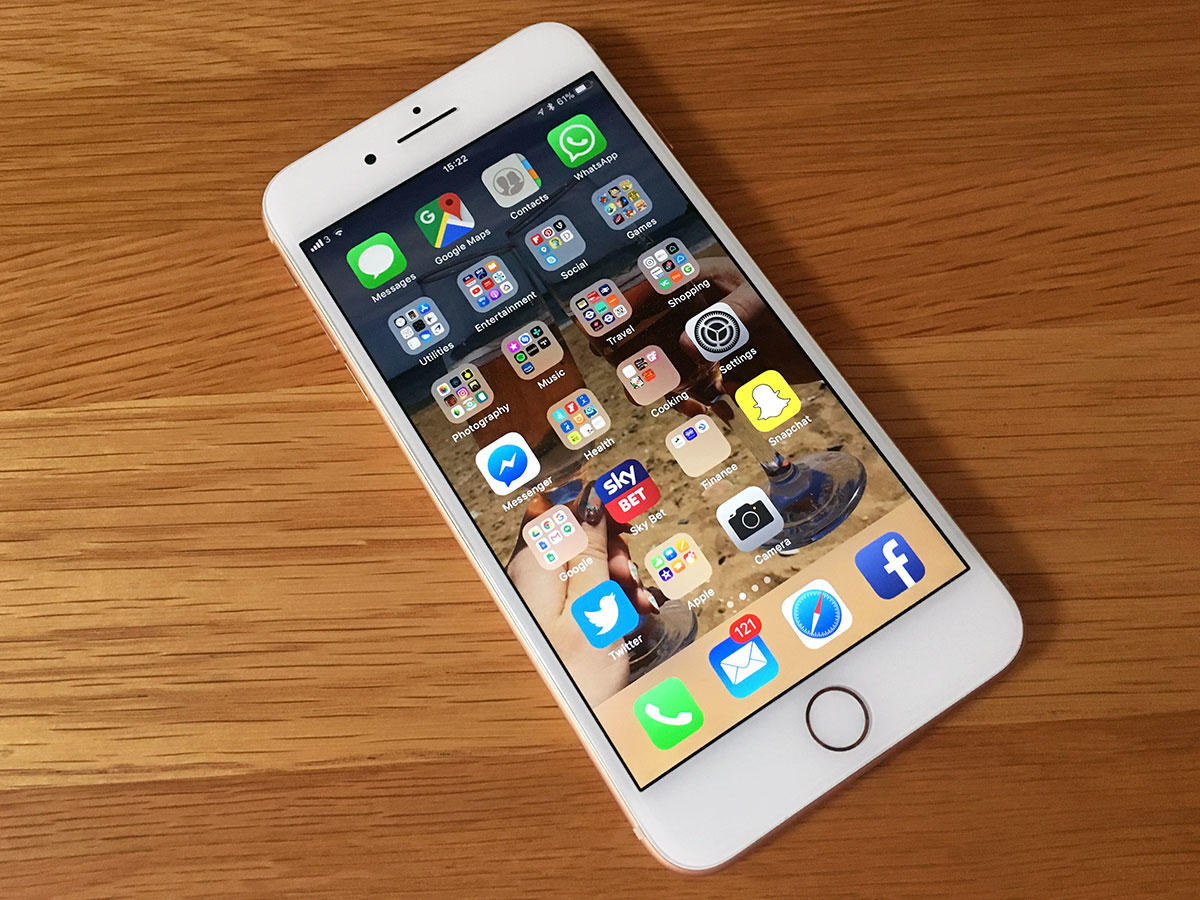
11) IPHONE 8 PLUS (2017)
The iPhone 7 Plus was the first of Apple’s extra-large phones to make the Plus-sized model feel like a must-have, thanks to its dual-camera upgrade. The iPhone 8 Plus continued that trend, certainly, although it didn’t have quite the same kind of brand new hook. Sure, the dual-camera setup was better than ever thanks to Portrait mode improvements and the addition of Portrait Lighting tweaks, plus it was faster than ever and had a slightly better screen. The new glass backing and the wireless charging that came with it were the biggest new perks, but that all seemed a bit muted compared to iPhone X that released soon thereafter. In short, it was still a brilliant iPhone, but its overall impact was diminished by an even better model released just weeks later.

10) IPHONE SE (2016)
A stellar return to a form factor that many feel Apple should never have said goodbye to, the iPhone SE gloriously celebrated the 4in screen. The combination of a palm-friendly design with up-to-date innards and a very decent – for Apple – price together served to rejuvinate the compact iPhone concept. It looked as pretty as the iPhone 5 ever did and proved – in the face of the 5C – that Apple did know how to develop its brand beyond a ‘one big, one small’ approach. Sure, it lacked the 3D Touch that was introduced with the iPhone 6s, while its design barely differed from that of the iPhone 5, but as an affordable option for those looking to balance high specs with pocket space, it was unbeatable. Still is. Well, unless you move across to Android of course.
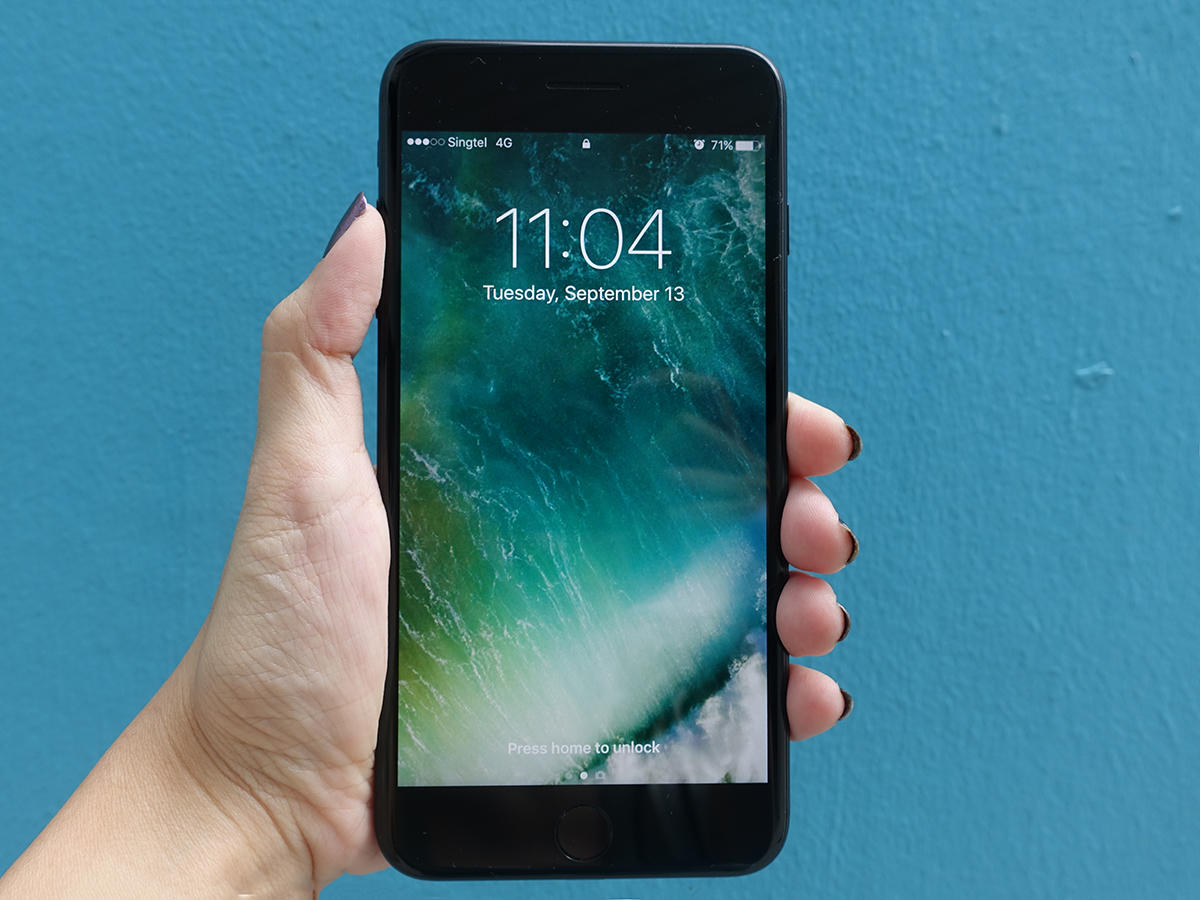
9) IPHONE 7 PLUS (2016)
If the iPhone 7 was simply an upgraded iPhone 6s – albeit a rather beautiful one – the iPhone 7 Plus packed the substantive new features to keep us interested, many of which were series firsts. Two lenses on the 7 Plus – a telephoto and a wide angle – made it a photographer’s dream, showing just how far things had come from the original iPhone with its 2MP afterthought. Better still, the 5.5in display handled a wide colour gamut, while the four-core A10 Fusion chip inside making sure things always felt instantly responsive. There was even a 256GB model for media hoarders. Love phablets or hate them, the iPhone 7 Plus was the pinnacle of big Apple phones. And its successor doesn’t even feel as essential, even if it’s technically better today.
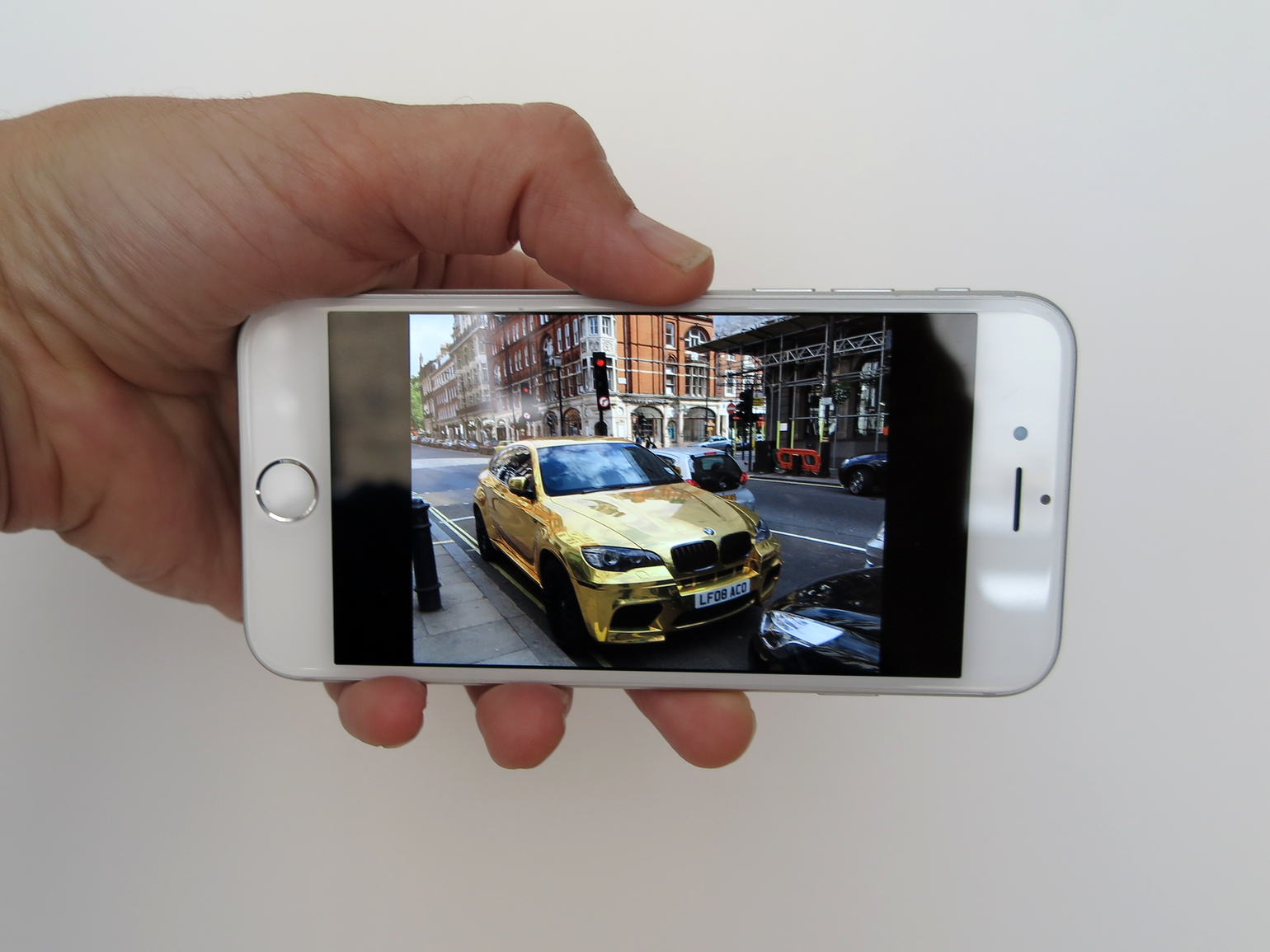
8) IPHONE 6 (2014)
Given that the build and user experience were by and large identical between them, the choice between the iPhone 6 and iPhone 6 Plus really came down to personal preference. We liked the 4.7in model, which provided a larger screen than past models while still being comfortable in the hand. It was an excellent device through and through. The biggest knock against the iPhone 6 was that the competition was better than ever: Android phones – like the Moto X and HTC One (M8) – put up a strong fight, and the Samsung Galaxy S6, LG G4, and OnePlus 2 were even more impressive. Apple still sold the iPhone 6 in droves, mind.
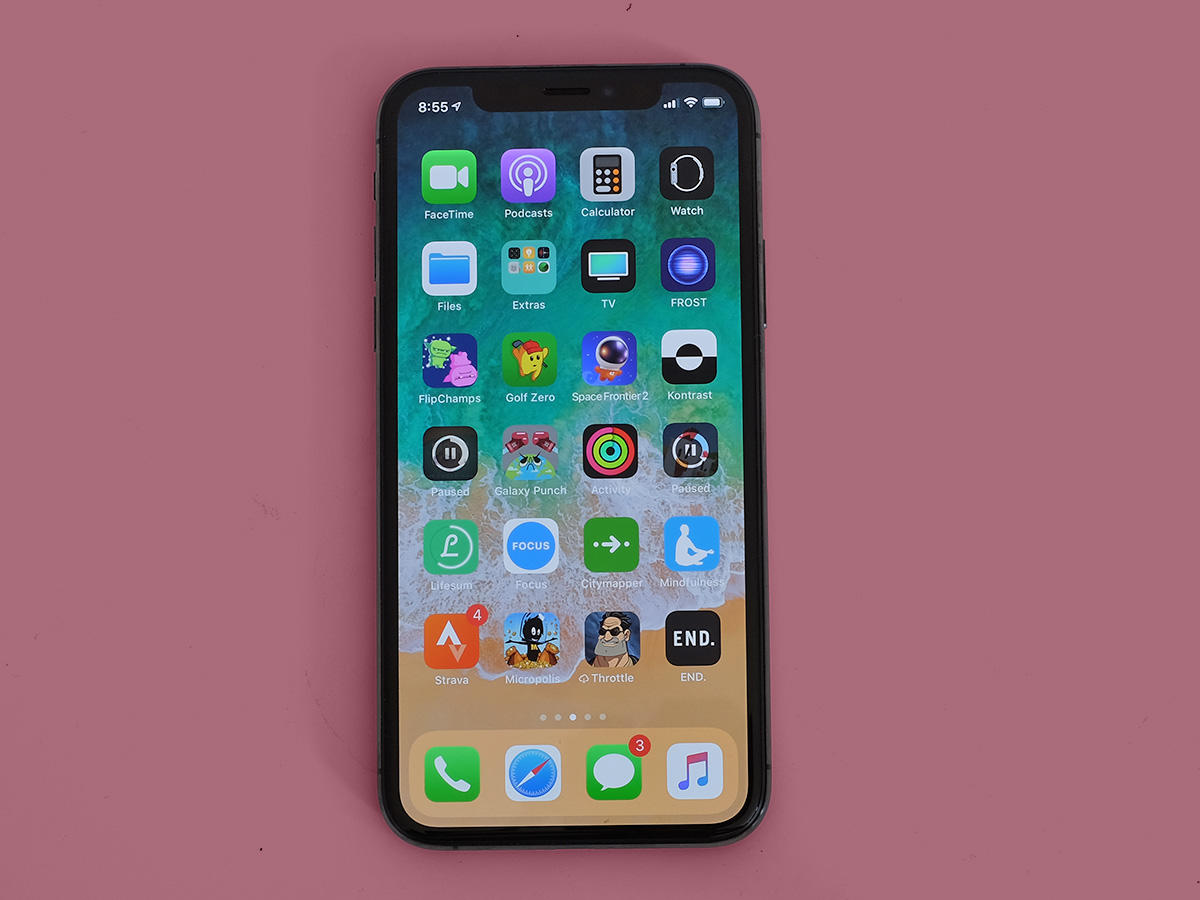
7) IPHONE XS (2018)
Last year’s iPhone X brought the mind-blowing reinvention that we’d waited years for, delivering a dazzling edge-to-edge screen that made Apple seem like a true smartphone innovator again. And the iPhone XS… well, it’s more of that. Admittedly, the iPhone X was a hard act to follow. More importantly, aside from the eye-popping price, it was a phone without significant issues. The iPhone XS lacks any truly revolutionary additions, but it brings major enhancements all the same. The dual-camera module sees a sizable upgrade thanks to the larger sensor and Smart HDR functionality, which captures multiple shots and merges them together to deliver more dynamic range, and the differences are clear. Add in a wider colour gamut on the 5.8in OLED display and the immensely powerful A12 Bionic chip, and Apple truly improved upon greatness. It’s just not particularly innovative, that’s all.
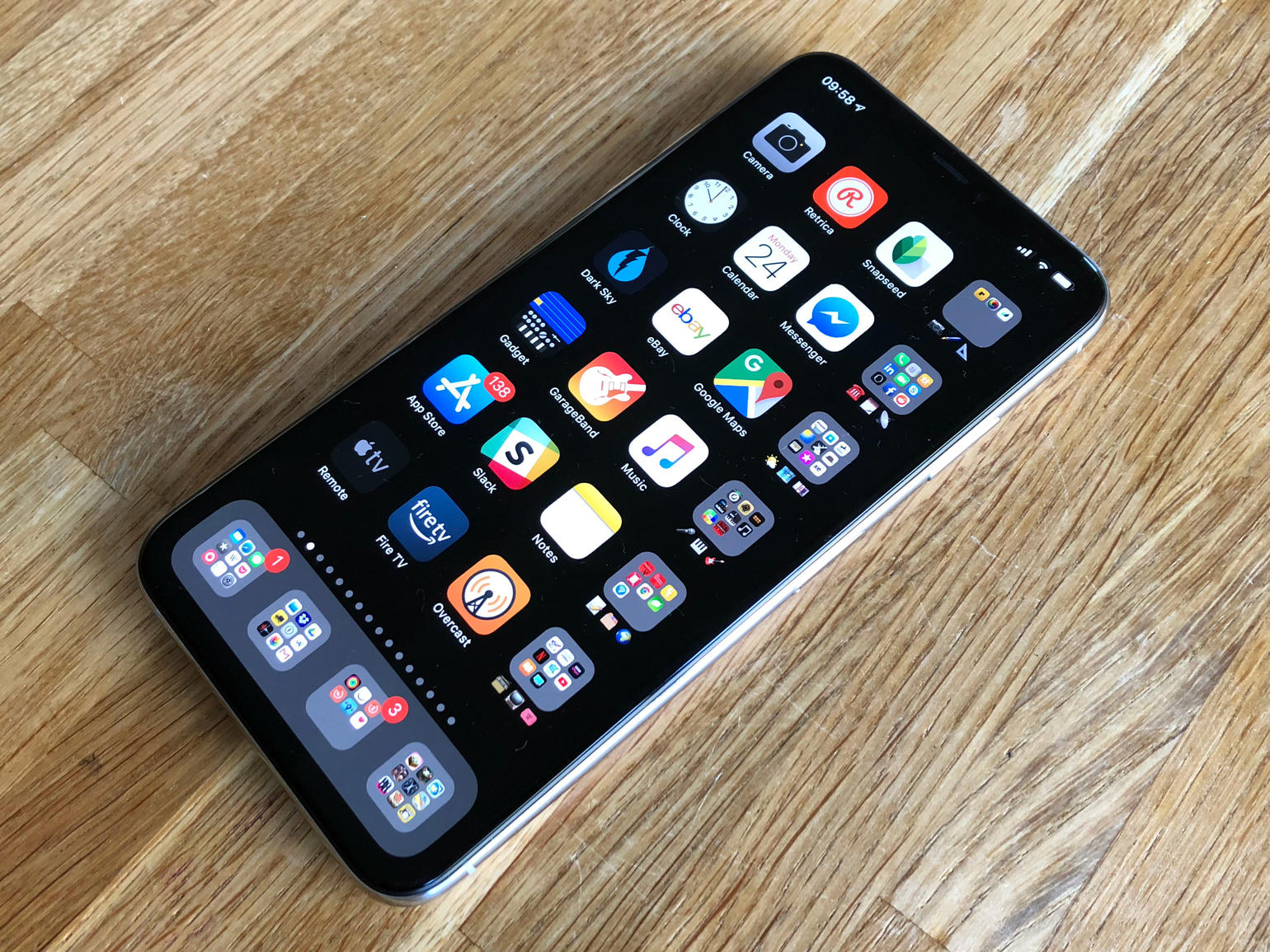
6) IPHONE XS MAX (2018)
Unlike the iPhone 8 and iPhone 8 Plus, along with the three numbered editions before that, the iPhone XS and iPhone XS Max mostly lack significant differentiators beyond size and price. Both have the same hardware within, the same camera setups, and the same pixels-per-inch count despite the different resolution specs to accommodate for size. But if you can handle losing some of the one-handed ease of use, that stunning screen 6.5in OLED screen is well worth the extra size and cash. It’s fabulous, and the edge-to-edge design only makes the effect even greater. Add in a smidge more battery life than the iPhone XS and this is the current model we’d recommend most – again, if you can handle the immense size and don’t mind the added cost.
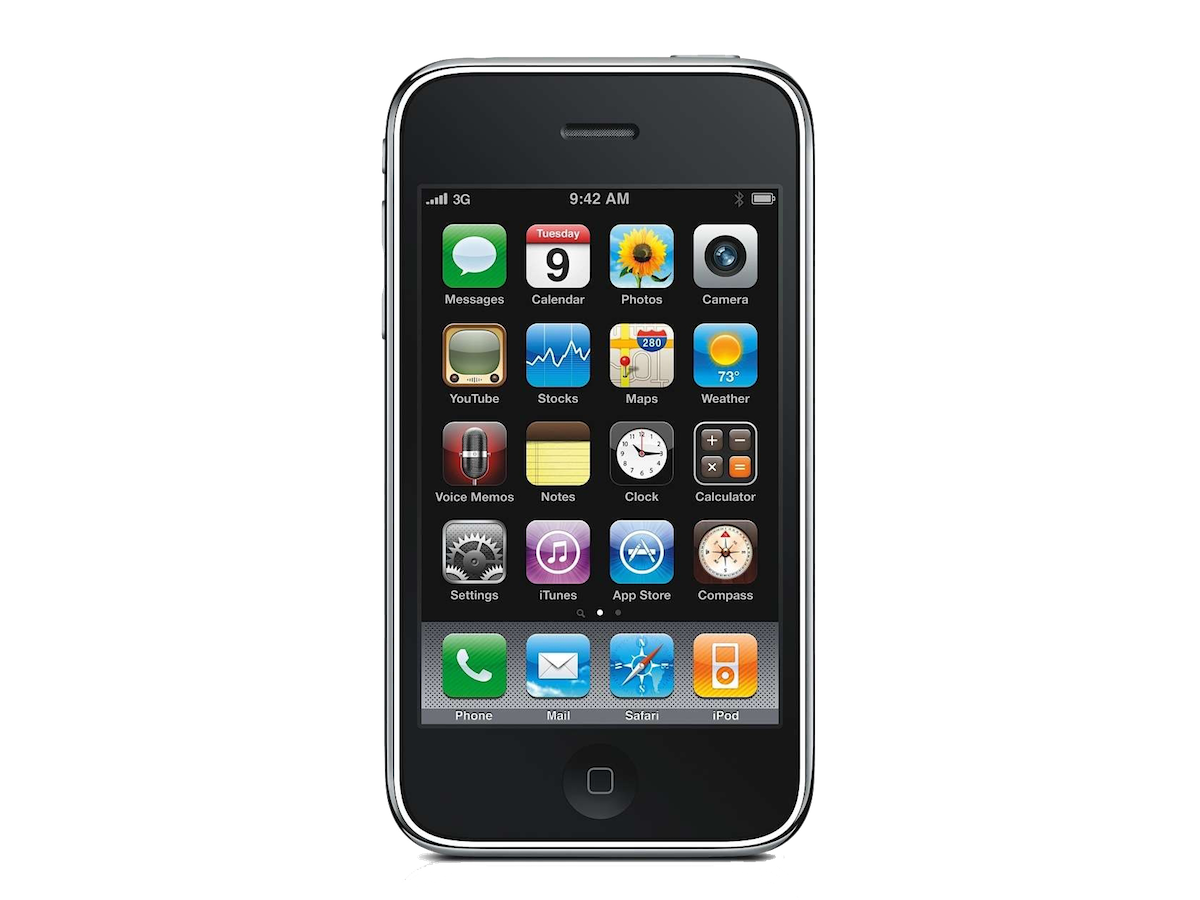
5) IPHONE 3G (2008)
True, the nine-year-old iPhone 3G won’t seem like much now: the best it can run is iOS 4, and it’s dated in features, functionality, and connectivity. But at the time, it was remarkable: a major evolution of the original iPhone’s design while adding the crucial feature of 3G data support. For a phone that was so focused on web usage, that was a dramatic upgrade. The iPhone 3G also ushered in the release of the App Store – surely the most important feature addition in iPhone history. True, the 3G was nowhere near as important or influential as the original iPhone. But as Apple enthusiasts know, the second-gen model is where refinement really takes hold, and that was definitely true here.

4) IPHONE 4 (2010)
Damn, the iPhone 4 was beautiful – not only in comparison to the iPhones that came before it, but also to every other phone on the market. Swapping to an ultra-thin design with a flat glass back and a metal antenna all along the edges was an aesthetic masterstroke. But that’s not all: the iPhone 4 also introduced the gorgeous Retina display to the line. Granted, that innovative body design also came with a big caveat: the antenna had a tendency to misbehave if the phone was held in a certain way, prompting “Antennagate” controversy and Apple’s need to give everyone free Bumper cases to avoid the issue. That’s a sad footnote against a phone that could otherwise easily lead this list.
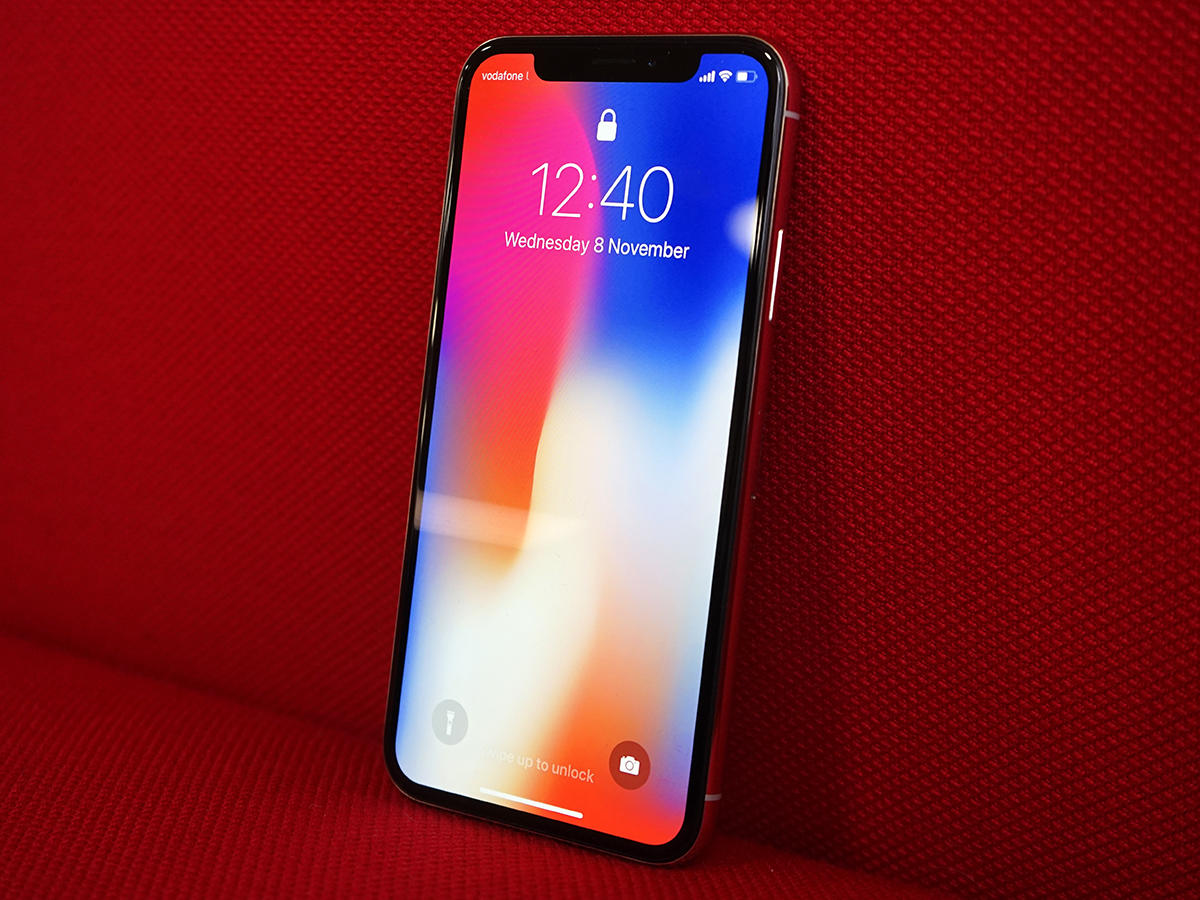
3) IPHONE X (2017)
It’s since been replaced by the iPhone XS, but we’re still absolutely wowed by the iPhone X, Apple’s big and long-overdue reinvention. Ditching the iconic home button (and Touch ID sensor) not only allowed for the gorgeous, full-frame OLED screen – aside from that notch, of course – but it also brought about navigational tweaks that quickly felt like second nature. Swiping up to return home or swiping sideways on the bottom bar to quickly swap between apps was fluid and comfortable, while iPhone X-clusive features like Face ID worked surprisingly well and the Animoji were goofy fun.
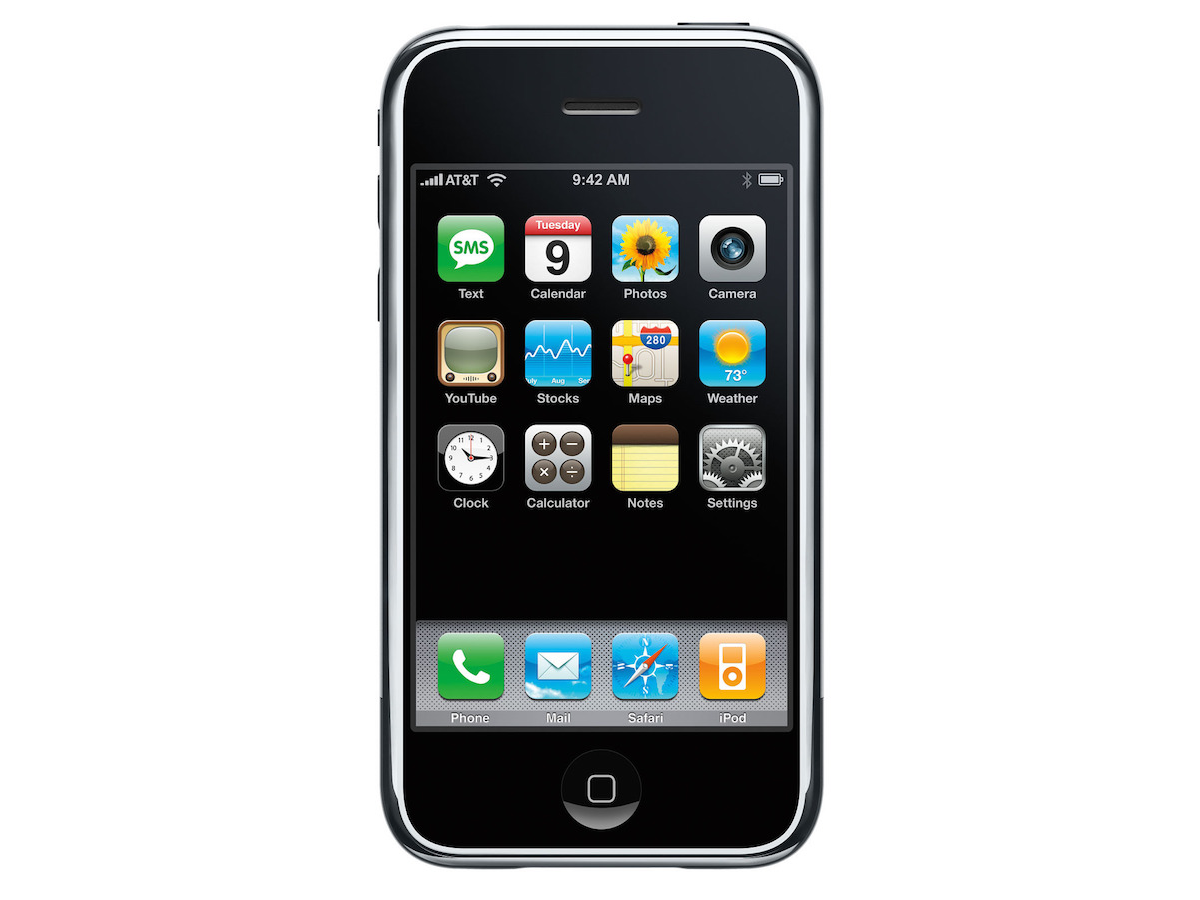
2) IPHONE (2007)
The original iPhone changed everything, ushering in an era of touch devices that has resulted in billions of modern smartphones and tablets sold around the world. It’s difficult for us to overstate the importance of the first iPhone. Without it, where would phones be today? Surely, someone else would have sorted a capacitive touchscreen phone before long, but would it have been with anywhere near the quality that Apple showed right out of the gate? Ranking this phone was our most difficult task, given its status. We knew it had to be near the top of the list, but considering all of the aspects in play here, we had to give the honours to another device…
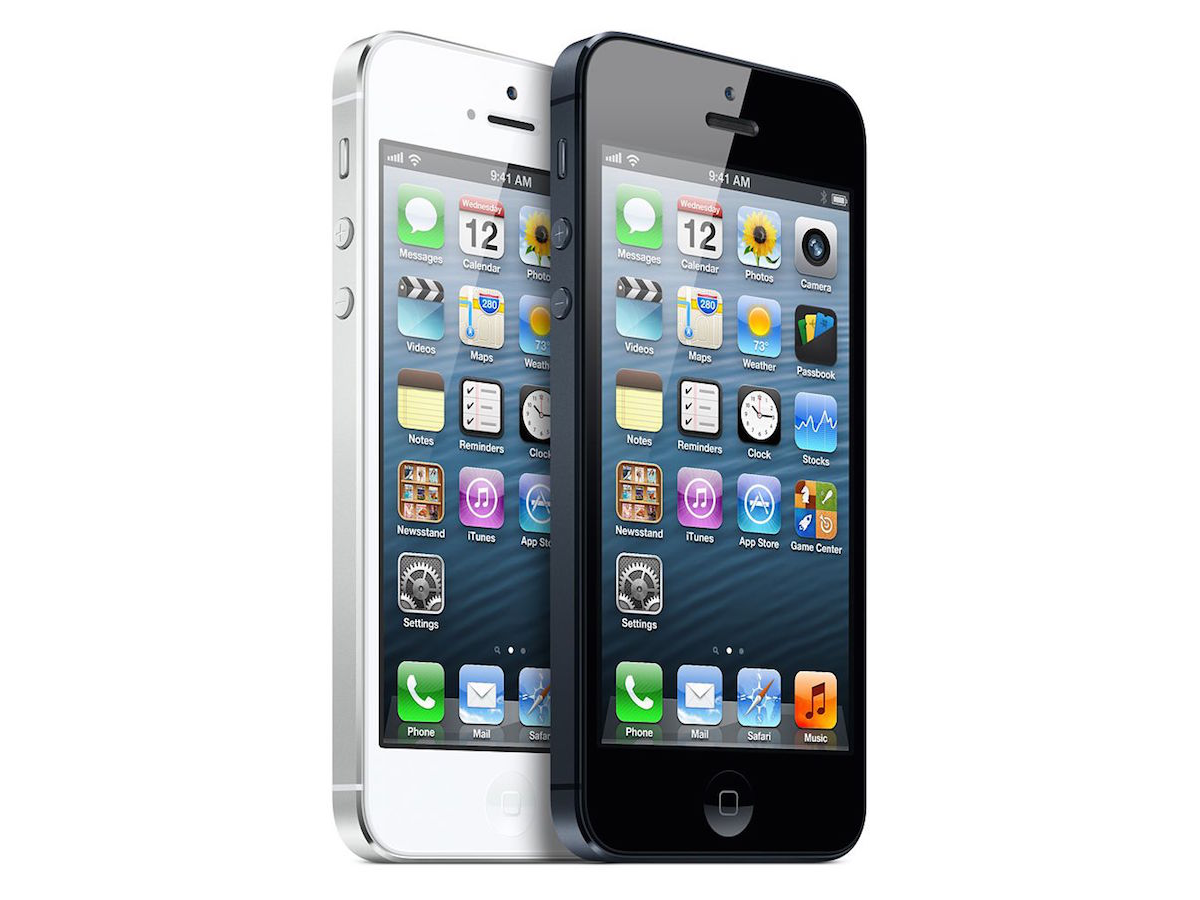
1) IPHONE 5 (2012)
And that device is the iPhone 5. Why? Well, for our money, it’s the last iPhone that truly wowed us with its debut, and it showed Apple at the top of its smartphone game. The iPhone 5 is gorgeously designed, thinning the sharp iPhone 4 build to a stunning degree while thankfully extending the display to proper widescreen dimensions and a 4in size. Crucially, it’s also where Apple embraced long-overdue LTE support, finally giving users the network speed to appreciate that great Retina display and the wonderful App Store selection. It was the iPhone that sorted our biggest lingering complaints in nearly every significant way and felt like a nearly complete package.


